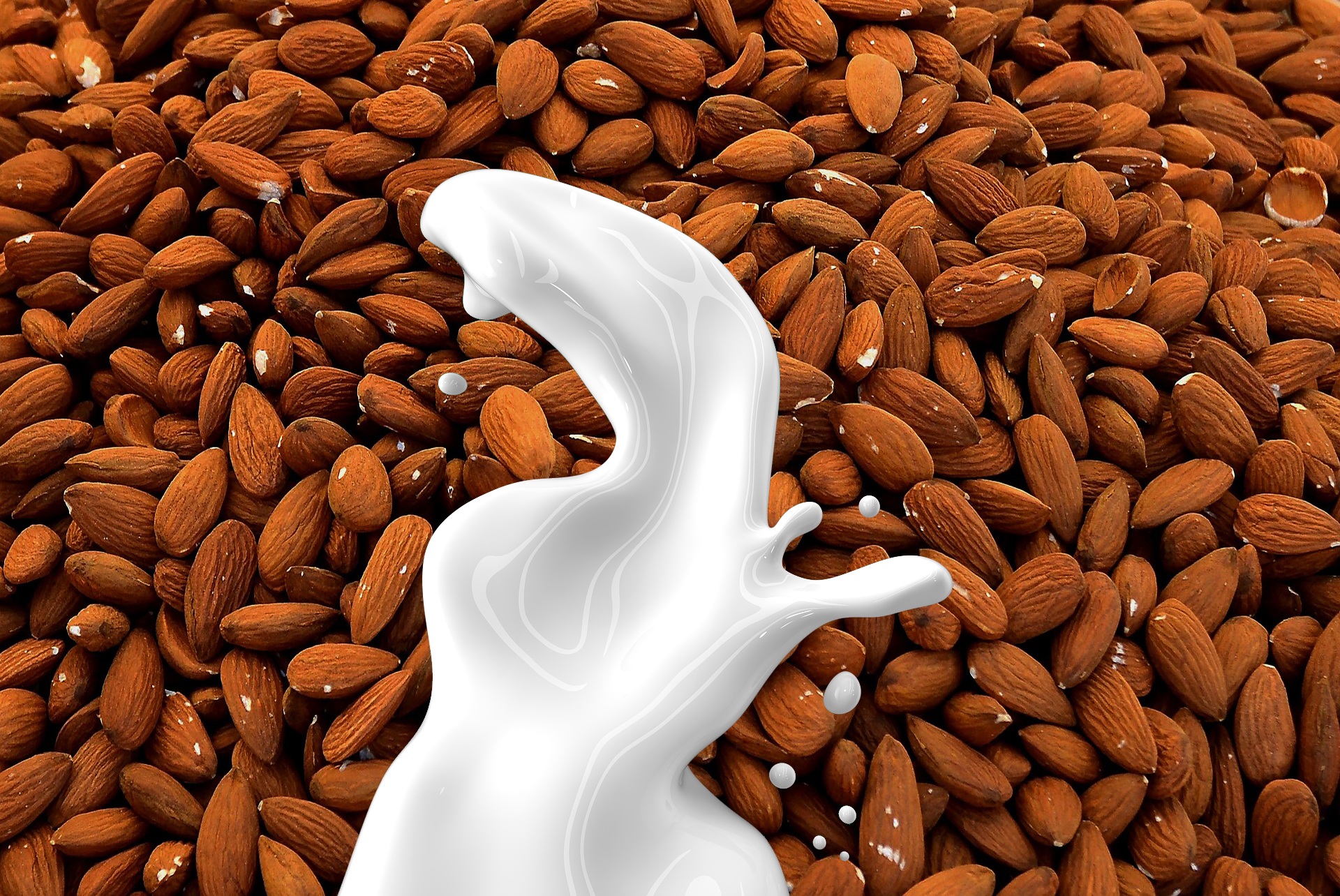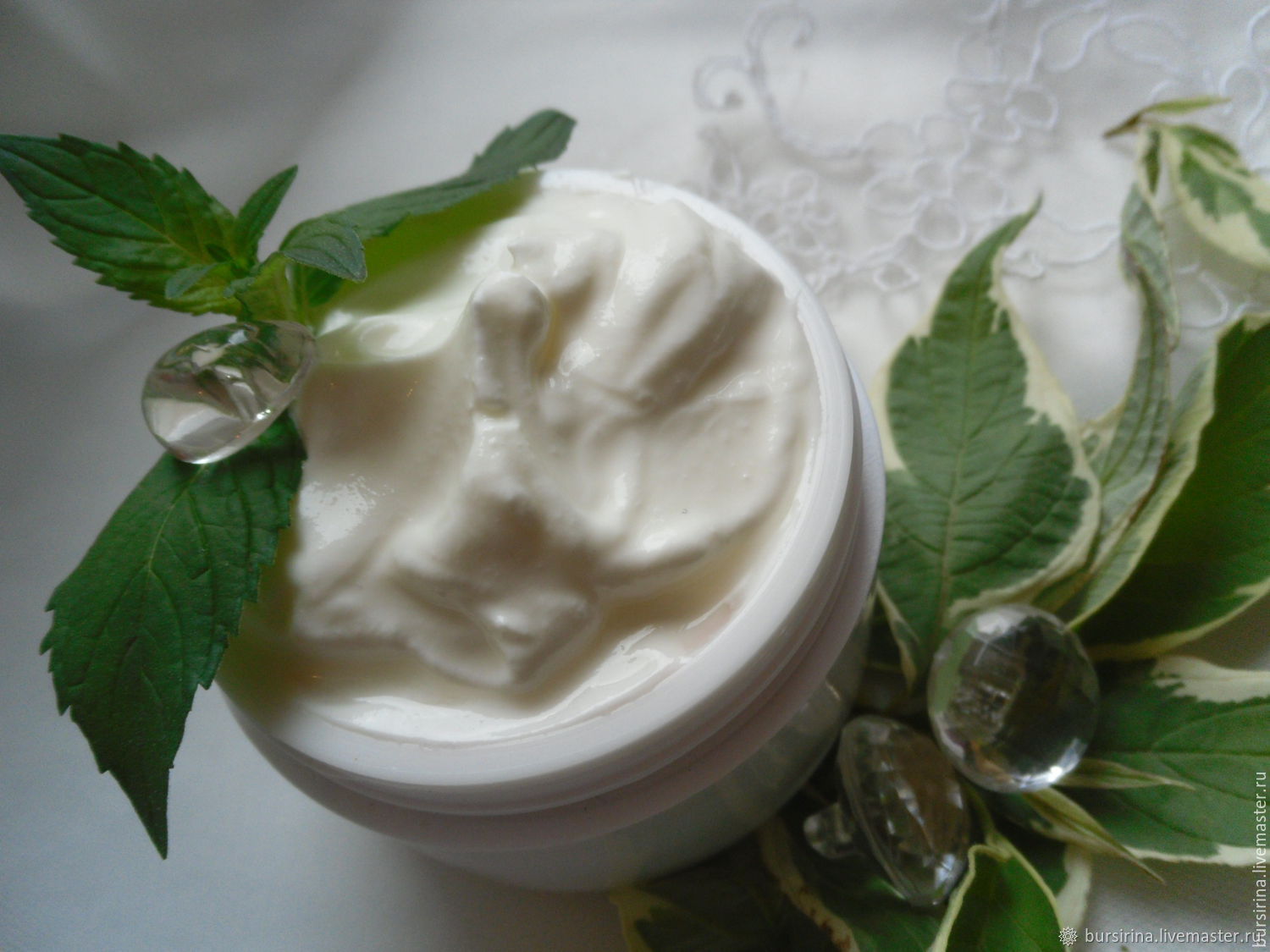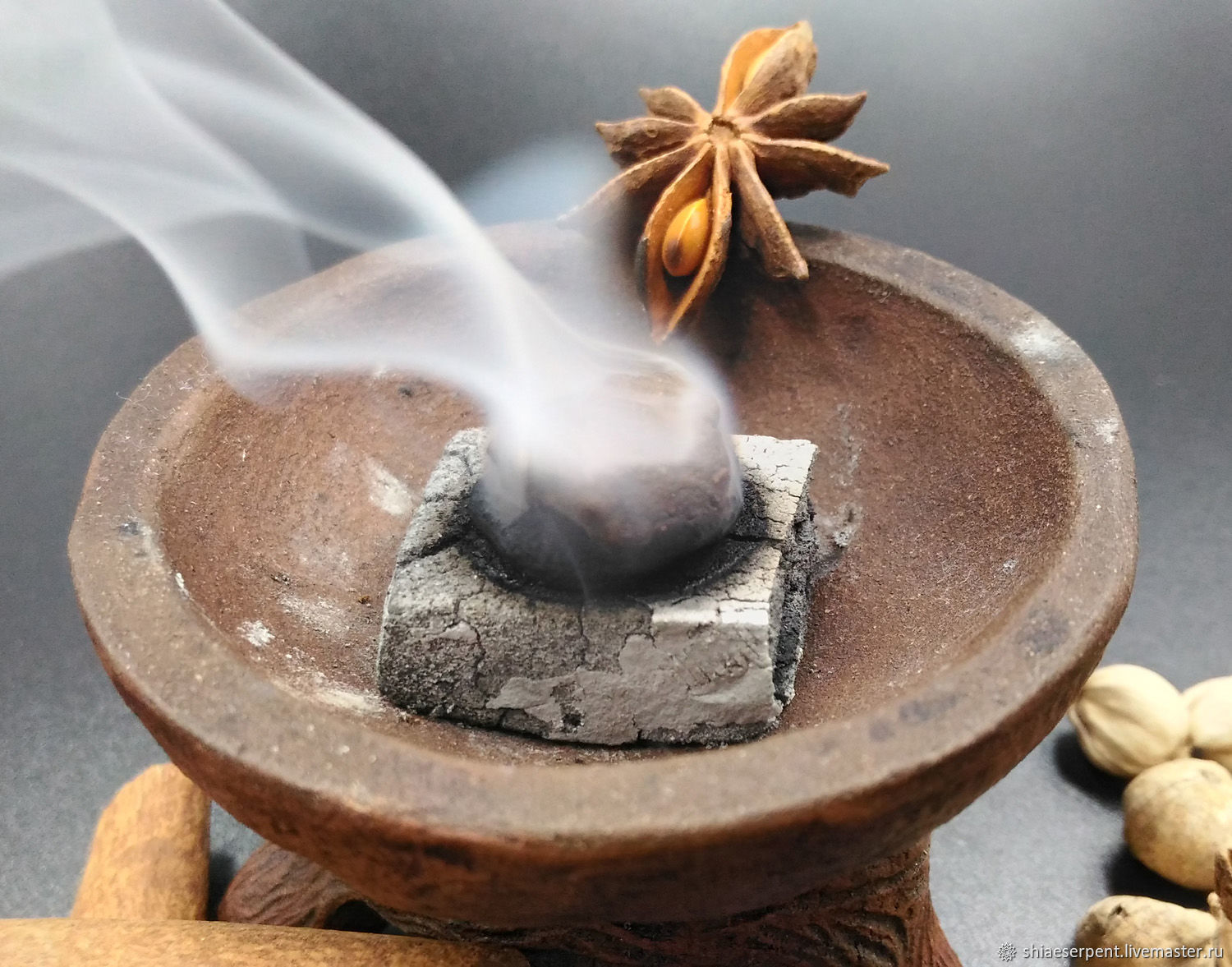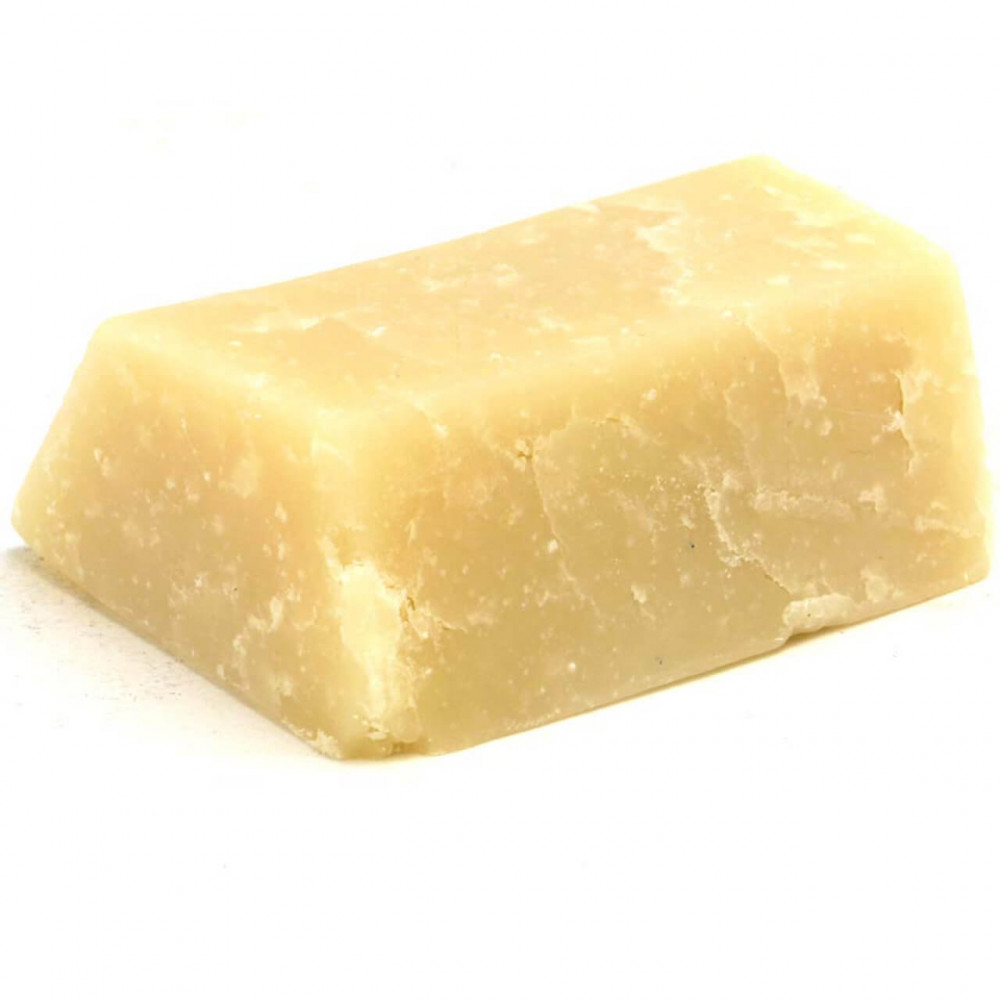How To Make Almond Milk: A Step-by-Step Guide
Almond milk, a popular plant-based alternative to dairy milk, is not only delicious but also packed with nutrients. If you're looking for a dairy-free option or simply want to try something new, making your own almond milk at home is a straightforward and rewarding process. In this step-by-step guide, I will walk you through the easy process of making almond milk from scratch.
Ingredients:
- 1 cup of raw almonds
- 4 cups of filtered water
- Sweeteners or flavorings (optional) like vanilla extract, honey, or dates
- Pinch of salt (optional)
- Cheesecloth or nut milk bag for straining
- Blender or food processor
- Airtight container for storing the almond milk
Step 1: Soak the Almonds
Measure 1 cup of raw almonds and place them in a bowl. Cover the almonds with water and let them soak overnight or for at least 8 hours. Soaking the almonds softens them and allows for easier blending.
Step 2: Drain and Rinse
Drain the soaked almonds and rinse them with fresh water to remove any residue.
Step 3: Blend with Water
Transfer the rinsed almonds to a blender or food processor. Add 4 cups of filtered water to the blender. If you prefer a creamier almond milk, reduce the amount of water to 3 cups. For added flavor, you can also include sweeteners or flavorings like vanilla extract, honey, or dates. A pinch of salt can also help enhance the flavor, although this step is optional.
Step 4: Blend Until Smooth
Blend the almonds and water mixture on high speed for approximately 2-3 minutes, or until it becomes creamy and smooth. The longer you blend, the smoother the texture will be.
Step 5: Strain the Milk
Place a cheesecloth or nut milk bag over a large bowl or jug. Slowly pour the blended mixture into the bag, allowing the liquid to strain through while catching the almond pulp.
Step 6: Squeeze and Extract
Once the liquid has drained through, gather the corners of the cheesecloth or nut milk bag and carefully squeeze out any remaining almond milk. This will help extract every last drop of deliciousness.
Step 7: Store and Enjoy
Transfer the freshly made almond milk into an airtight container, preferably a glass jar, and refrigerate. Homemade almond milk can be stored for up to 4-5 days in the refrigerator.
Step 8: Use the Almond Pulp (optional)
Don't discard the leftover almond pulp! You can dry it in the oven at a low temperature to make almond flour, which can be used for baking or adding to smoothies. Alternatively, use it as an ingredient in homemade granola or as a topping for porridge.
And that's it! You have successfully made your own nutritious and delicious almond milk. Enjoy it in your morning coffee, in cereals, or as a refreshing drink on its own. Experiment with different flavors and quantities until you find the perfect balance that suits your taste buds. Cheers to healthy, homemade almond milk!



 Admin
Admin 






